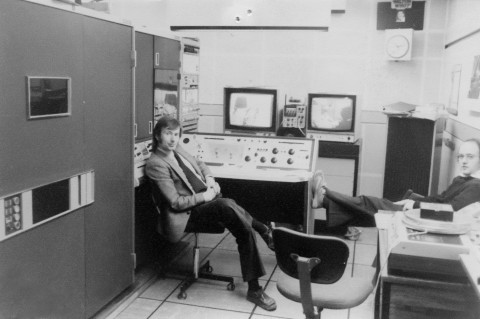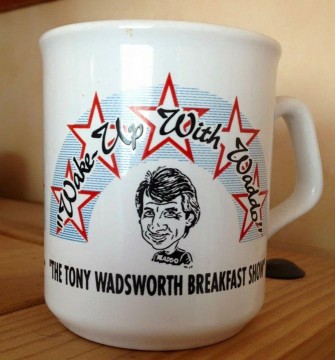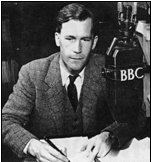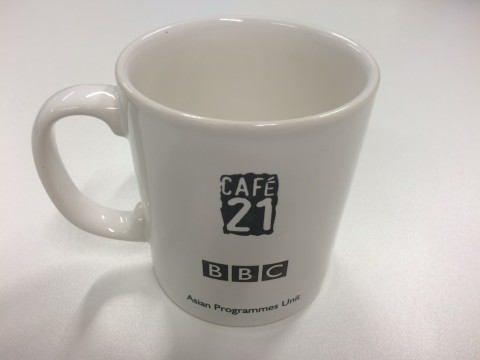
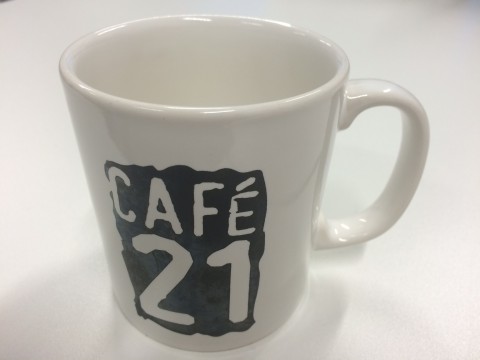
Café 21 mug from series in 1998, courtesy of Dharmesh Rajput
Below is a excerpt from a briefing document about Café 21, which was used in providing press information
Café 21 has its first series running from mid-November 1997 to the end of January 1998, at 11.20 am on Saturday mornings, BBC 2. A part of the Asia 2 slot, which also includes Network East and Q Asia, the show heralded the arrival of young British Asians being able to talk about themselves on national television. A milestone in Asian programming.
Café 21’s ethos is to give young British Asians a voice. Across 9 shows last year, including a 1 hour special on Sexuality, the show became a talking point in its own right. Tackling issues like Asian identity, families and mixed race relationships head on, put the show on the map. Myths were exploded and stereotypes challenged, while the Café guests put paid to the, ‘corner-shops and curry’ image it could be argued still exists with regard to the British Asian population.
Café 21 balanced hard-hitting opinions and personal stories to create what could be described as a ‘chat-show soap’.
Series 2
Café 21 wants to continue in this spirit to find fascinating people for Series 2. Due to the success of the first series, the show will have a longer run and a higher profile slot. As well as maintaining the Saturday morning slot, the first airing of each week’s topic will now be late on Friday night on BBC 2.
This late night slot means that this series will be even more revealing, controversial and risky than the first.
We need to appeal to young Asians, between the ages of 16 and 29, to apply to be on the show. Potential contributors don’t need to be experts – we need real people with real life experiences, not accomplished television professionals. That is not what Café 21 is about.
We are particularly keen to ensure that all regional areas of the British Asian community are represented on the show this year. We need to hear from people outside of the Midlands and Greater London. We want varied accents and backgrounds on air to reflect that the Asian population is significant nationwide!
The new series will start on Friday 2nd October and will run for 11 weeks. During this series we will tackle such diverse topics as the question of whether Asians can laugh at themselves and Boypower, Taboos and Brothers – A girl’s best friend or her worst enemy?
We are conducting auditions now, and will be travelling around the country to meet with people.
Thanks to Dharmesh Rajput for this information.
(The mugs were used by guests on the show. The show was recorded in the Crush Bar cafe on the first floor outside Studio A).
